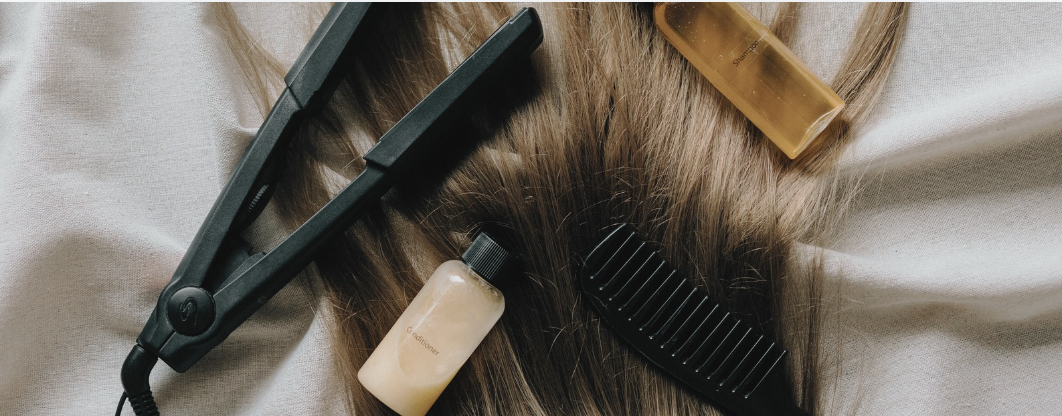
The Journey of Your Hair Extensions:
Hair extensions can be a transformative investment, offering length, volume, and the confidence that comes with a full head of luxurious hair. However, as with any beauty enhancement, the longevity and health of your extensions depend on maintenance and understanding the natural life cycle of the extensions. After one to two years, several factors influence how your extensions look and feel. This guide will walk you through what to expect and how to care for your hair extensions over this period.
The First Year: The Honeymoon Phase
Initial Installation and Adjustment
The first few months with your new hair extensions are often the most exciting. The initial installation leaves you with a fresh, voluminous look that can dramatically change your appearance. During this period, you might experience an adjustment phase where you get used to the added length and weight. Some initial shedding is normal as the extensions settle.
Regular Maintenance is Key
To maintain their pristine condition, regular maintenance appointments are crucial. Most stylists recommend a check-up every 6 to 8 weeks. During these visits, the extensions are moved up to account for hair growth, and any tangling or matting issues are addressed. Proper washing, conditioning, and gentle brushing are essential to avoid damage and prolong the life of the extensions.
Approaching One Year: Signs of Wear
Natural Wear and Tear
As you approach the one-year mark, even the highest-quality extensions will show some signs of wear. The hair fibers may start to feel drier, particularly if you frequently use heat styling tools or swim in chlorinated water. The bonds, be they keratin, tape, or micro-beads, may begin to weaken and need reinforcement or replacement.
Color Fading and Texture Changes
Extensions, like natural hair, are susceptible to color fading from sun exposure, frequent washing, and styling products. The texture of the hair might also change. For instance, straight extensions may develop slight waves, and curly extensions might lose their bounce. Using sulfate-free and extension-friendly products can help mitigate these changes.
The Second Year: Extending the Lifespan
Intensive Care Routine
By the second year, a more intensive care routine is necessary. Deep conditioning treatments become crucial to keep the hair hydrated. It's advisable to reduce the frequency of washing and heat styling to preserve the integrity of the hair. Investing in a silk pillowcase and avoiding hairstyles that cause tension can also help in maintaining the extensions.
Potential Complications
Around this time, you may encounter more significant issues. The bonds might loosen more frequently, leading to extensions slipping out. You might also notice more tangling and matting, especially at the nape of the neck. Regular detangling sessions and the use of leave-in conditioners can help manage these problems.
Common Issues and Their Solutions
Matting and Tangling
Matting and tangling are common issues as extensions age. They can occur due to improper care, infrequent brushing, or even the natural growth of your hair. Regular brushing with a wide-tooth comb or a brush designed for extensions can prevent severe tangles. Sleeping with your hair in a loose braid can also minimize tangling overnight.
Thinning and Shedding
Shedding is a natural part of the life cycle of hair extensions. As you approach the end of the second year, you might notice that the extensions are thinner than when you first installed them. This thinning is due to natural wear and the occasional shedding of strands. If the thinning becomes too noticeable, you might need to replace a few wefts or consider a full replacement.
Bond Deterioration
The bonds holding your extensions in place can deteriorate over time. Heat, sweat, and styling products can weaken the adhesive or cause the beads to rust. Regular maintenance checks with your stylist can help identify and address bond deterioration early, preventing damage to your natural hair.
Knowing When to Replace
Assessing the Extensions
After one to two years, even with meticulous care, extensions will reach the end of their usable life. Signs that it’s time for a replacement include significant thinning, extensive tangling, and bonds that no longer hold. While replacing extensions is an investment, it’s crucial for maintaining the overall health and appearance of your hair.
Embracing New Extensions
When it’s time for new extensions, consider it an opportunity to refresh your look. Consult with your stylist about any changes in color, length, or type of extensions that might suit your current style or lifestyle better.


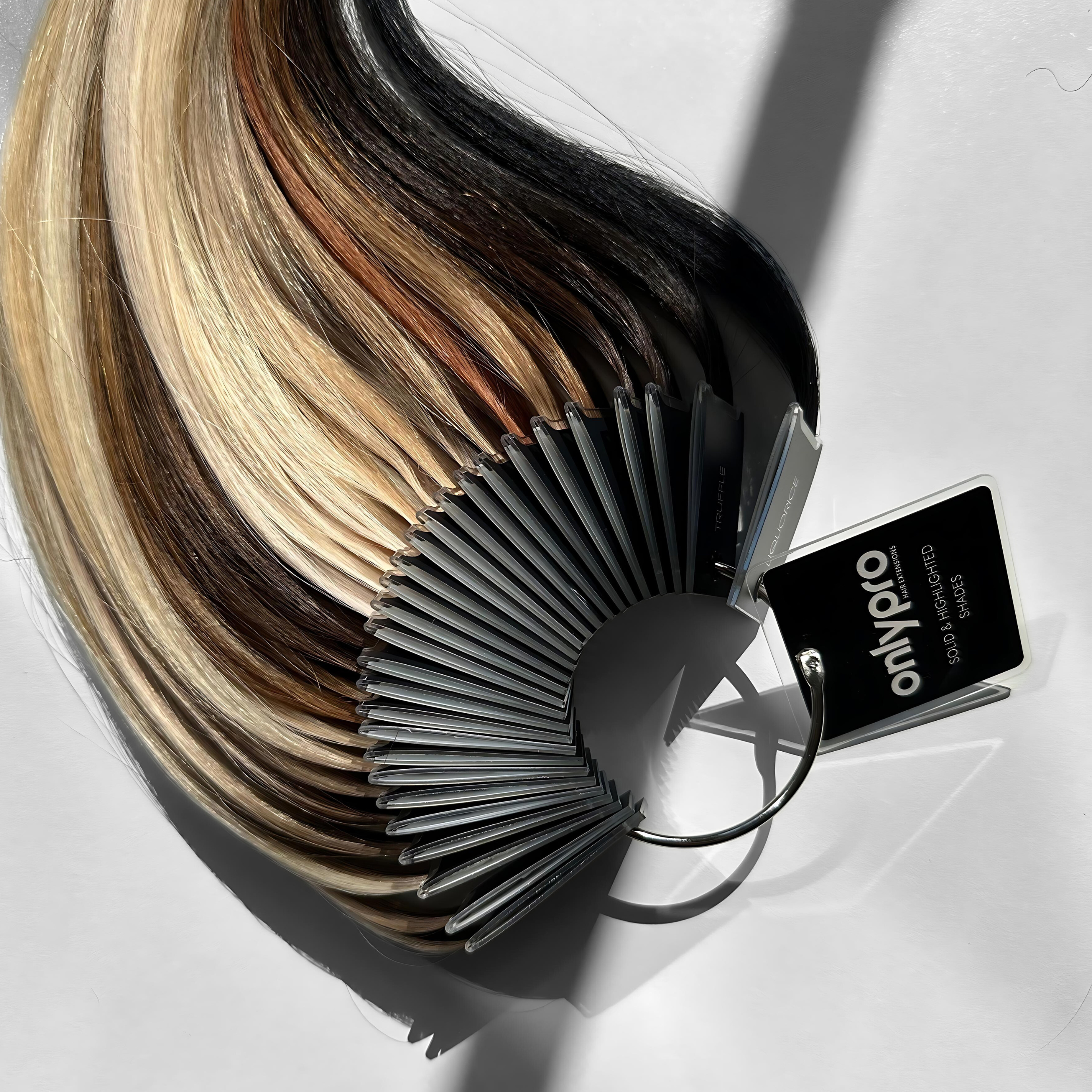
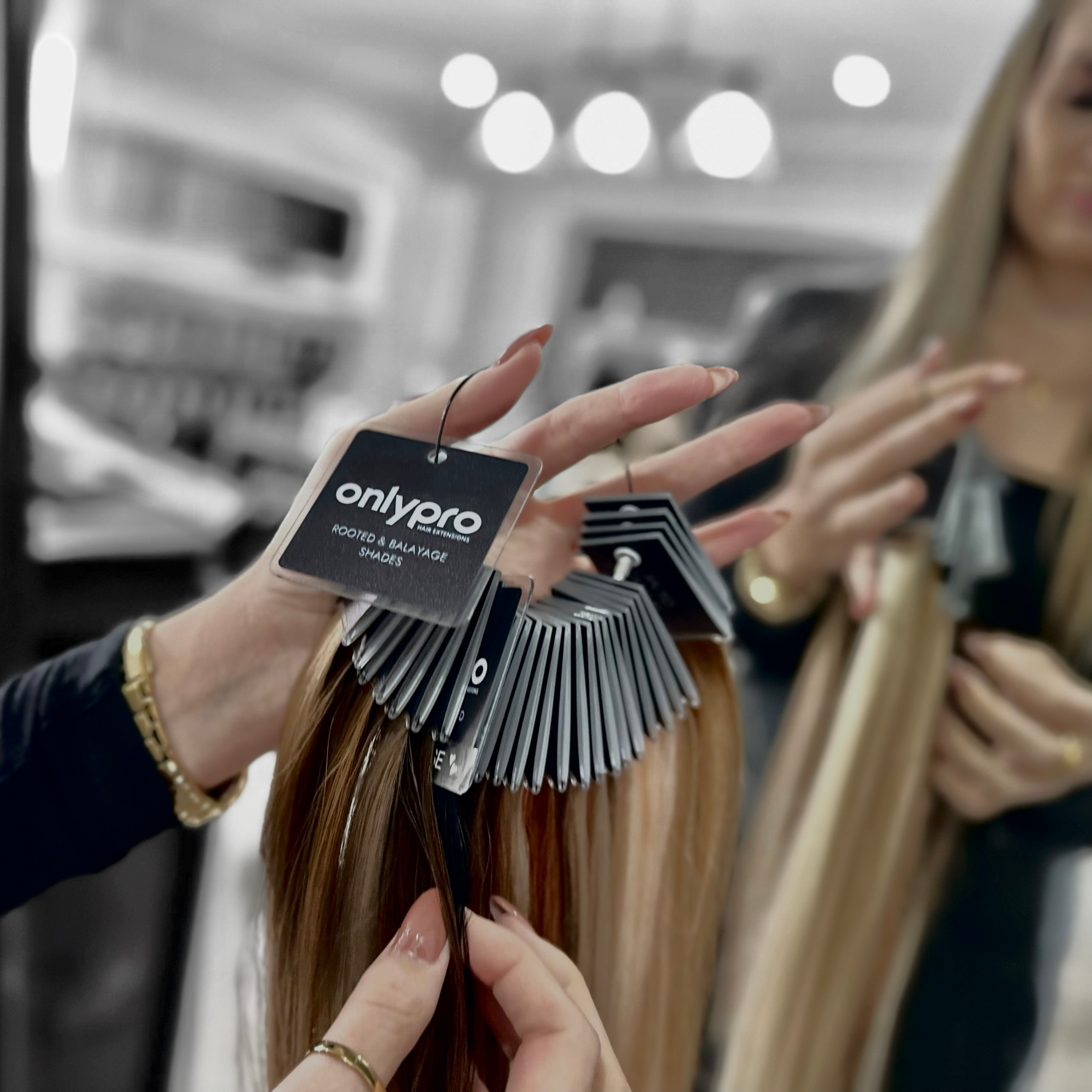
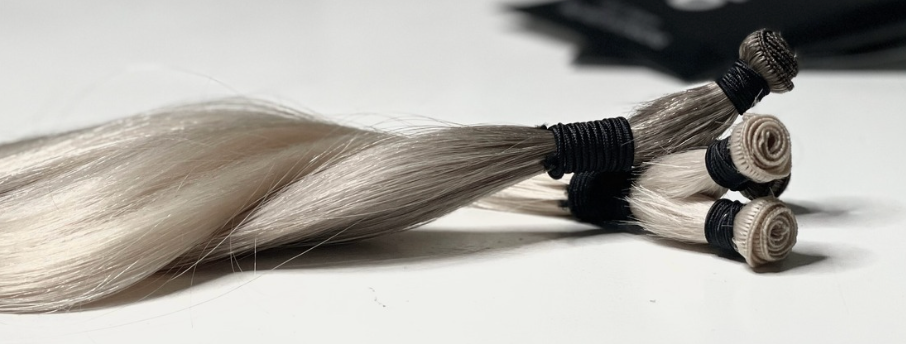
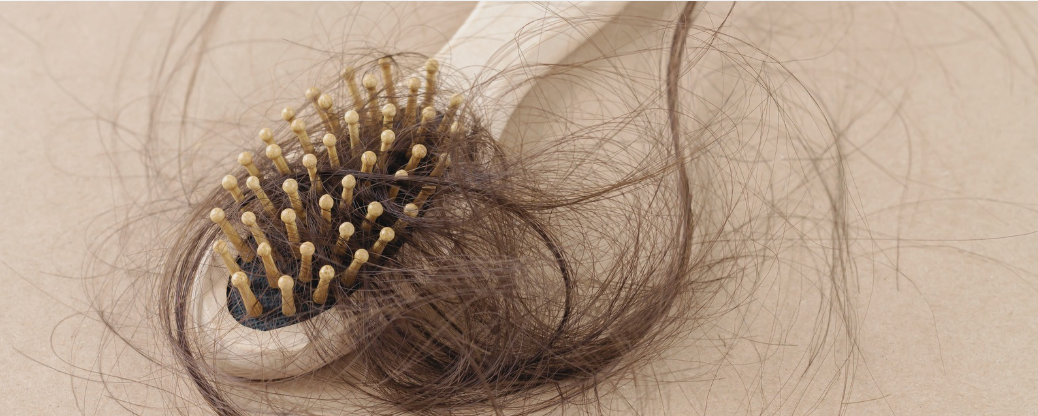
Leave a comment
This site is protected by hCaptcha and the hCaptcha Privacy Policy and Terms of Service apply.